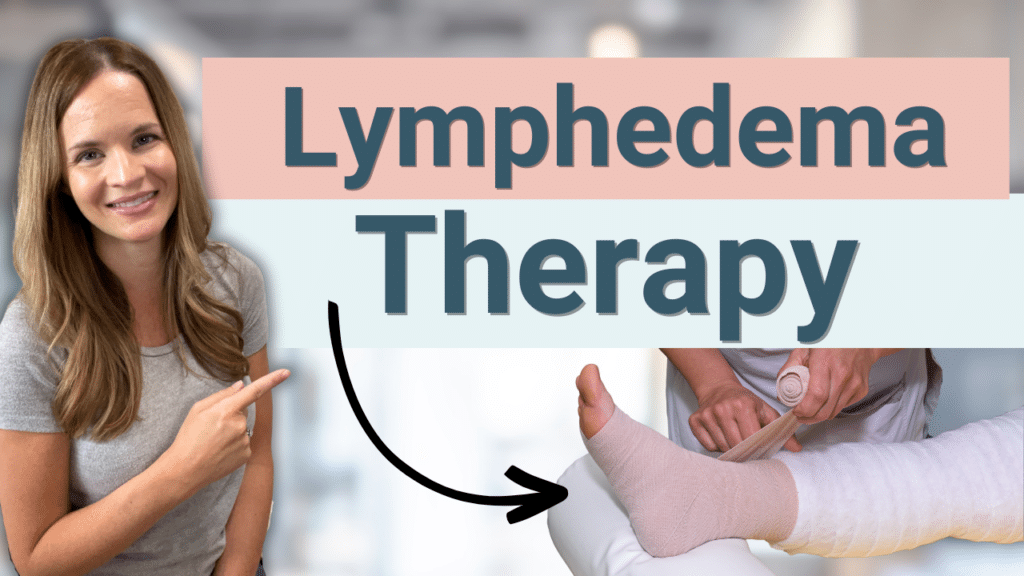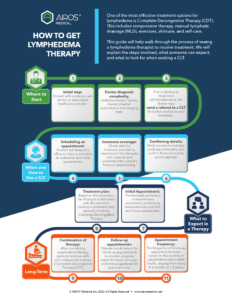1-866-991-6956 • info@airosmedical.com
Support: How to Get Lymphedema Therapy

The process of finding treatment for lymphedema, a chronic condition that can be debilitating, can be difficult. The journey begins with consulting with a physician, and may end with the use of a pneumatic compression device and other treatment measures.
Our team at AIROS Medical is dedicated to helping patients navigate this journey. We have worked with our Clinical Advisors, including Kelly Sturm, DPT, CLT-LANA, to develop an overview guide with details on how to get to lymphedema therapy.
We invite you to download this guide that provides details on the steps involved to get lymphedema treatment, what someone can expect during the process, and what to look for when seeking a Certified Lymphedema Therapist (CLT). Please contact us with any questions.

Infographic Guide Download Form
Complete this form to receive your download.
"*" indicates required fields